Why Khellven changes Palmeiras’ right flank
Palmeiras didn’t spend €5 million on a right-back to play it safe. The club moved quickly to land Khellven from CSKA Moscow — a deal that can reach €6.5m with add-ons — and register him in time for the Copa Libertadores knockout list. He’s 24, right-footed, 176 cm, and will wear the No. 12. On paper, that’s routine. On the pitch, it tilts the bracket.
Khellven brings the kind of right-side jolt that shifts how opponents set up. He accelerates fast, carries the ball under pressure, and whips early crosses with bite. You can see why Palmeiras wanted this profile now, not in six months. In knockout football, one clean delivery can settle a tie. And with the margins this thin, a full-back who can pin a winger back and still defend his channel is gold.
His path adds useful edge. Developed in Brazil and hardened by a move to Russia, Khellven arrives from CSKA with sharper defensive timing and a bit more steel in duels. The Russian league is heavy on direct transitions and physical contact; that often teaches full-backs how to read second balls, step in at the right time, and avoid cheap fouls. That matters when games get frantic in South America.
At Palmeiras, the right-back slot is a key pressure point in Abel Ferreira’s system. Some days the full-back overlaps and stretches the line; other days he tucks in as a third defender to help build play and protect counters. Khellven can do both. He’s comfortable pushing high to combine with the right winger, and he doesn’t panic when he has to sit and defend the weak side. That dual skill set buys Ferreira more in-game switches without burning subs.
Expect immediate competition on that flank. The current group has experience and trust, but Khellven adds a different gear: quicker under pressure, more aggressive with early service into the box, and handy on set pieces from the right. Those outswingers to the near post? Strikers like Rony and José Manuel “Flaco” López thrive on them. If Khellven starts fast, opposing full-backs will find themselves retreating five meters earlier than they want to. That alone changes midfield spacing.
What about the defensive side? Film from his time in Russia shows a pattern: he prefers to angle his body to show wingers outside, uses short bursts to match the first step, and times tackles late rather than diving in early. He can be tempted forward — most attack-minded full-backs are — but he recovers well when the ball turns over. Palmeiras can cover those moments by sliding a midfielder into the half-space or by briefly forming a back three in possession.
There’s also the schedule question. Palmeiras face a packed stretch with Brasileirão commitments and now high-stakes Libertadores minutes. Rotating without dropping intensity is the trick. Khellven helps here too. He allows Ferreira to keep the right flank fresh without losing the overlapping threat that stretches deep blocks. In Brazil’s long season, that’s not a luxury; it’s survival.
Financially, the numbers make sense. A €5m base fee for a 24-year-old who’s already played in two strong environments — Brazilian first-team football and a demanding European league — fits Palmeiras’ recruitment model. The club has consistently targeted players with resale potential or multi-year peak output. Even if this move is more about winning now, it doesn’t fight the long-term plan.
For Khellven himself, the timing is perfect. He lands in a dressing room that has won big, knows how to manage pressure, and values tactical discipline. He also walks into a team that creates volume on the right, meaning he’ll see the ball a lot and can influence games without forcing it. If he starts fast in the round of 16, he’ll stick.
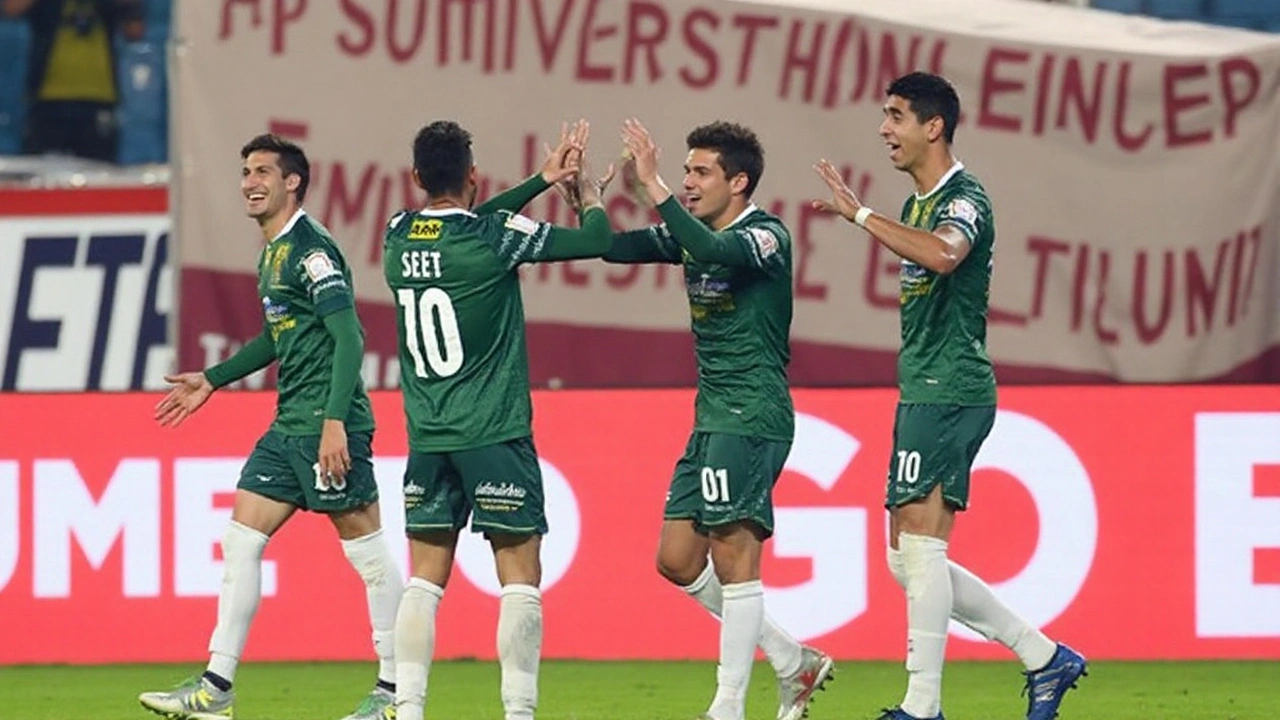
How Universitario can respond
Universitario didn’t need this headache. Preparing for Palmeiras is tough enough; now they have to account for a new right-sided outlet who can change the tempo in ten seconds. The Peruvian side’s staff have been poring over clips, and the plan almost writes itself: stop the runner at source, double the wide area, and make the pass inside look tempting but crowded.
There are three obvious levers. First, deny the early cross. Khellven likes hitting the channel before the back line is set. That means Universitario’s wide midfielder has to track all the way to the full-back line and block the swing. Second, force inside traffic. If Palmeiras’ right-back tucks in to help build, the near-side central midfielder must be ready to jump the passing lane. Third, go after the space he leaves. Fast counterattacks into the right-back corridor can pin him deeper and make him hesitate on the next overlap.
Universitario are comfortable in compact shapes. In domestic play, they’ve leaned on a disciplined mid-block, tight lines, and plenty of grit in aerial duels. Against Palmeiras, that base needs tweaks. Slightly wider full-back positioning to meet the overlap early, plus a roaming screen in front, can slow the give-and-go combinations that Ferreira’s teams love. The back post also needs attention — Khellven’s deliveries often find the far-side runner when teams overprotect the near stick.
Set pieces could swing it either way. Palmeiras get value from rehearsed corners and near-post flicks. Khellven’s dead-ball technique adds another routine: quick short corners to shift the angle for a whipped cross, or deeper outswingers that attack the penalty spot. Universitario should counter with aggressive first-contact markers and a spare zonal defender around the second ball. If they win those scraps, they can strike from transition.
The venue matters too. Estadio Monumental in Lima is loud and unforgiving, and Palmeiras know how to handle that, but early momentum counts. If Khellven gets joy in the first 15 minutes — a couple of clean carries, one dangerous cross, a foul drawn high up — Palmeiras’ right side becomes the game’s axis. Universitario’s best play is to make that flank a slog: slow restarts, smart fouls around the halfway line, and no cheap isolation for their left-back.
Psychology will be part of it. A new signing in knockout football either explodes or gets dragged into a grind. Universitario’s job is to turn it into the latter — cut the rhythm, make him defend first, and turn the match into a string of 50-50 duels rather than open runs. Palmeiras, on the other hand, will try to give Khellven clean early touches and let him settle into the flow.
Zooming out, this is why the move is clever. One signing doesn’t just upgrade a position; it rewrites the opponent’s prep. Universitario now have to adjust their coverage, their pressing triggers, and even their set-piece assignments to account for a right-back. That rearranges the chessboard and frees space elsewhere for Palmeiras’ creators.
The transfer was finalized on August 4, 2025, and the registration window lined up well for the Libertadores list update. The clock is now ticking toward the knockouts. Palmeiras got their man in time. Universitario got a new problem. And the right edge of the pitch just became the most interesting place to watch.
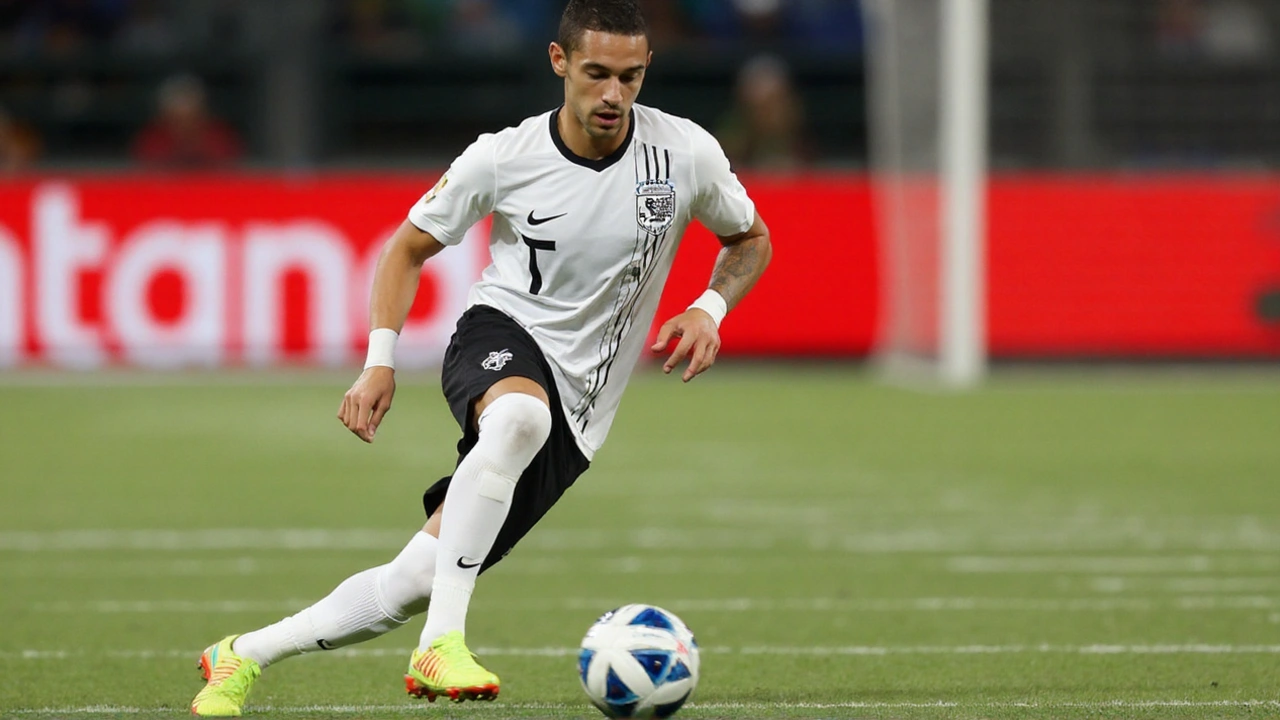
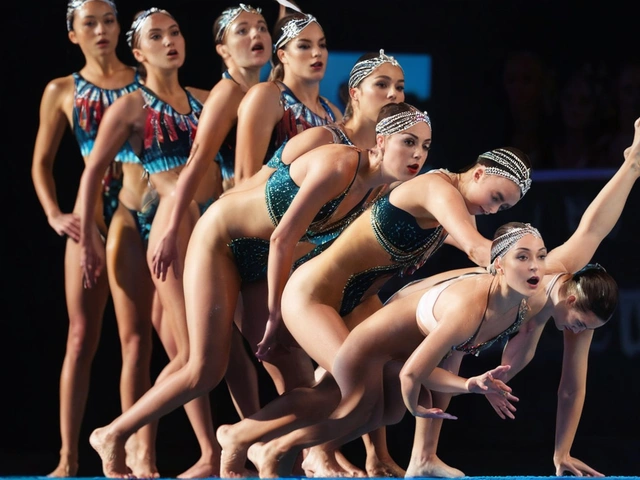
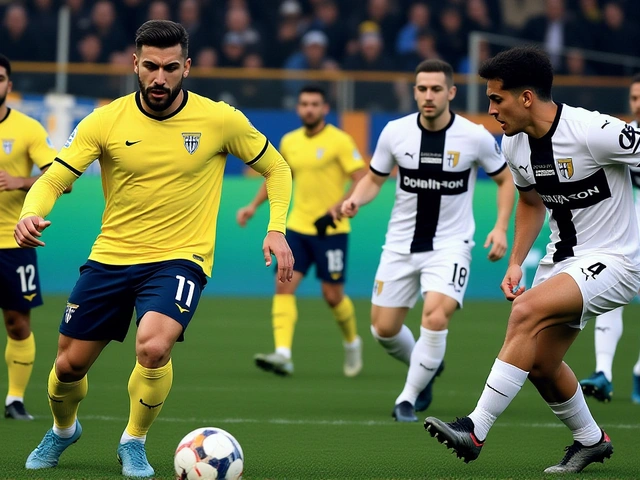
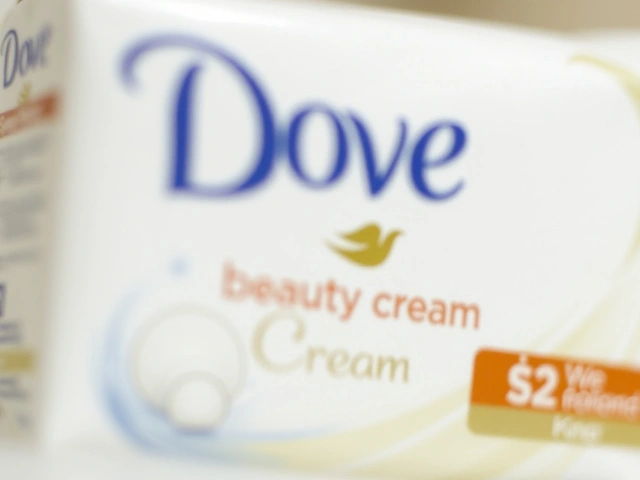
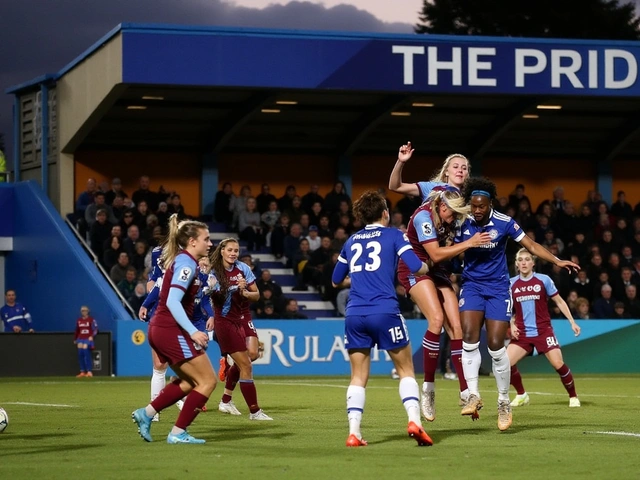


Posts Comments
Jinky Palitang August 23, 2025 AT 10:08
Khellven’s arrival is one of those quiet moves that ends up changing everything. Not flashy, not a headline-grabber, but the kind of signing that makes you lean back and go, ‘ohhh, that’s why they did it.’ He’s not just a full-back-he’s a tactical reset button for Palmeiras’ right flank. And honestly? Universitario’s scouts are probably pulling their hair out right now. You can’t just ‘mark’ him; you have to restructure your entire defensive philosophy. That’s the real win here.
Nagesh Yerunkar August 23, 2025 AT 14:13
Let me be clear: this is exactly why modern football is broken. €6.5M for a 176cm right-back? 😒 We used to build teams with grit, not spreadsheet-generated ‘profiles.’ Now we pay millions for ‘early crosses with bite’ and ‘defensive timing.’ 🤦♂️ Next they’ll be paying for ‘emotional intelligence scores’ and ‘ball-carrying charisma.’ I miss the days when a full-back just… defended. And don’t get me started on the ‘Russian league teaches steel’ nonsense. That league is just a meat grinder with better lighting. 🥱
Daxesh Patel August 23, 2025 AT 18:03
Wait-did the article say Khellven is right-footed? That’s weird for a right-back, no? Usually they’re left-footed to cross better from the byline. Or am I mixing up the roles? 🤔 Also, ‘whipped early crosses with bite’-what does that even mean? Is ‘bite’ a stat now? I’m trying to understand the tactical depth here but some phrases feel like marketing fluff. Anyone else feel like they’re reading a press release dressed as analysis? 😅
Amar Sirohi August 23, 2025 AT 21:31
There’s a deeper philosophical layer here that most are missing. Khellven isn’t just a player-he’s a symbol of the modern footballer’s existential duality: the athlete as both weapon and vessel. He carries the weight of Palmeiras’ ambition, the legacy of Brazilian technicality, and the brutal pragmatism of Russian football all in one 176cm frame. He is the embodiment of a system that demands adaptability not as a skill, but as a condition of existence. His movement isn’t tactical-it’s ontological. He doesn’t just overlap; he redefines the spatial contract between defender and attacker. When he tucks in, he doesn’t merely become a third center-back-he collapses the distinction between defense and build-up into a single, fluid act of will. Universitario’s attempt to ‘stop the runner at source’ is not merely a defensive strategy-it’s an act of metaphysical resistance against the inevitability of modern football’s evolution. And yet, in their desperation to contain him, they may forget that the most dangerous thing about Khellven isn’t his speed or his crossing-it’s his quiet certainty. He doesn’t need to be brilliant. He only needs to be consistent. And in a game of fleeting moments, consistency is the most terrifying form of dominance. This isn’t a transfer. It’s a quiet revolution on the right flank.
Sandeep Kashyap August 24, 2025 AT 13:59
Y’ALL. This is the kind of signing that gives me chills. 🥹 Khellven? He’s not just a player-he’s a spark. Imagine being in that locker room, knowing you’ve got someone who can turn a 0-0 stalemate into a 2-0 win with one run and one cross. Palmeiras didn’t just buy a full-back-they bought confidence. And for Universitario? They’re not just facing a team-they’re facing a new reality. But here’s the thing: this is why we love football. It’s not just goals or trophies. It’s the quiet hero who walks in and changes everything without saying a word. Khellven’s got that energy. I’m already picturing him lighting up the Monumental with a near-post cross in the 89th minute. Let’s gooooo! 💪🔥
Write a comment